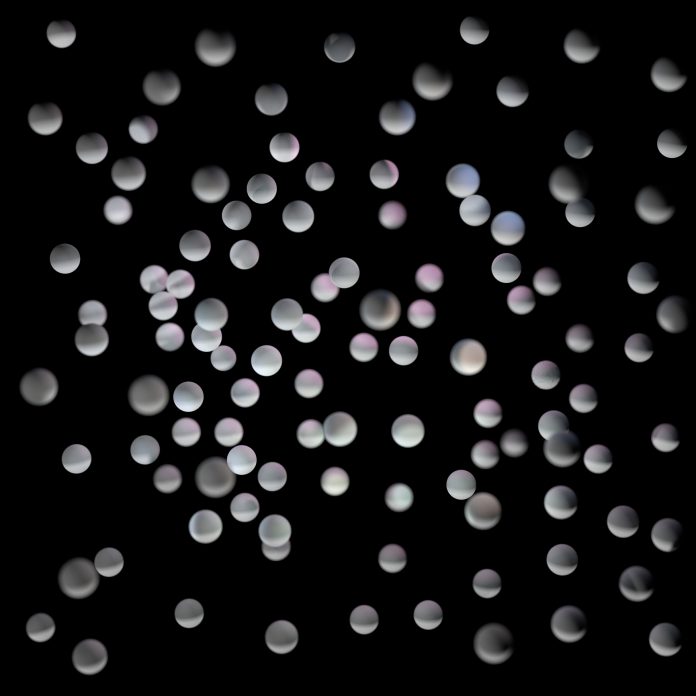
The discovery that blood biomolecules form distinctive corona profiles around nanoparticles could lead to early detection tests for cancer, and possibly other diseases as well. Researchers, some from Brigham and Women’s Hospital (BWH), have demonstrated the formation of such coronas and determined they are “personalized and precise,” according to a BWH press release. This work was published June 17 in Nanoscale Horizons.
As a feasibility study, the researchers performed sensor array validation using plasma samples obtained from patients diagnosed with five different cancer types—lung cancer, glioblastoma, meningioma, myeloma, and pancreatic cancer. Those were compared to results from a control group of healthy donors. The researchers found that although no single corona composition is specific for any one cancer type, overlapping but distinct corona composition patterns constitute unique “fingerprints” for each one (with a high classification accuracy of 99.4%). They also tested cohort plasma obtained from healthy people who were subsequently diagnosed with lung, brain, and pancreatic cancers several years after plasma collection.
Early detection is one of the holy grails of current medical science. More than a dozen companies are investigation liquid biopsies alone for early disease detection. Cancer is one of the first markets most of these companies are pursuing.
“For cancer and many other catastrophic diseases, the earlier you can diagnose, the more likely you can treat and extend survival and attain better quality of life,” said Morteza Mahmoudi, Ph.D., the paper’s corresponding author. Mahmoudi is the former director of the nanobio interactions laboratory at Tehran University of Medical Sciences where he began this work in 2014. He is currently a biomedical investigator in the Department of Anesthesiology, Perioperative and Pain Medicine, at BWH.
For their investigation, the team combined the concepts of disease-specific protein coronas with sensor array technology. Sensor arrays can identify a wide variety of interacting chemical and biological compounds all at once. To test blood samples for early patterns of disease, the team developed a sensor array that consisted of three different cross-reactive liposomes—fatty molecules that caused protein coronas to form around them. Next, they tested samples from five patients, each with a different form of cancer: lung cancer, glioblastoma, meningioma, myeloma, and pancreatic cancer.
Advanced classification techniques revealed that the team’s nanoparticle sensor array provided a unique readout for each type of cancer. The team repeated the testing using blood from 15 people who appeared healthy, but were subsequently diagnosed with brain, lung, and pancreatic cancer up to eight years later. Again, their array identified and discriminated the cancers at the very early stages.
These are preliminary results that must be validated. Mahmoudi and his colleagues are also interested in applying the technology beyond cancer to early diagnosis of other diseases.
“The goal here is to develop a strategy to help people get better information about their health,” said Mahmoudi. “Today, in the clinic, we have ways to measure lipids and predict risk of cardiovascular disease, but limited ways for cancer. If everything goes well, we hope our work will lead to a screening test for the earliest signs of cancer.”













